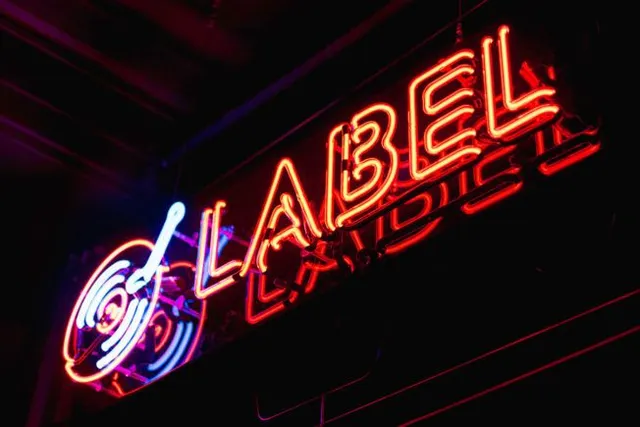Music charts are often seen as a symbol of success and recognition for artists, but there is a significant difference in how independent and signed musicians approach these rankings. Whether an artist is unsigned or signed to a major label can dramatically affect their chart performance, from the promotional strategies used to the resources available to them. Let’s explore the contrasting experiences of independent versus signed artists when it comes to chart rankings, highlighting key factors like marketing, distribution, and industry connections.
Understanding these differences is crucial for aspiring musicians, fans, and industry professionals looking to navigate the complex terrain of modern music.
1. Marketing Power: The Engine Behind Chart Success
For signed artists, marketing is one of the most significant advantages they have when it comes to chart rankings. Major record labels invest vast resources in promoting their artists’ singles, albums, and tours. These promotions often include high-budget music videos, radio campaigns, social media ads, and media partnerships, all of which boost visibility and drive sales. This level of marketing reach typically results in a stronger presence on the charts.
Independent artists, on the other hand, face a more uphill battle. Without the financial backing of a major label, they must rely on organic growth, word-of-mouth, and grassroots marketing efforts. While independent artists often use social media, crowdfunding, and music streaming platforms to promote their work, these efforts are less targeted and lack the immediate reach that a label’s marketing machine can provide. As a result, chart success is often harder to achieve, requiring a more sustained effort over time.
2. Distribution Networks: Access to Global Audiences
Another critical factor that separates signed and independent artists is the distribution channels they have access to. Record labels have established relationships with major digital music platforms like Spotify, Apple Music, and Amazon Music, which ensures that signed artists’ music is readily available and often prioritized on these platforms. Furthermore, labels often secure exclusive distribution deals that put their artists’ music in front of global audiences quickly, giving them a significant edge on the charts.
Independent musicians, however, must rely on digital distributors like TuneCore or DistroKid to get their music onto streaming services. While these platforms provide access to global audiences, they don’t have the same promotional power that major labels do. Independent artists must rely on their fan base, playlist placements, and algorithmic recommendations to generate streams and sales. This means that chart rankings for independent artists are usually harder to achieve unless they already have a dedicated following.

3. Industry Connections: Leveraging Relationships for Chart Placements
Industry connections play a vital role in chart rankings, and this is where signed artists typically have a significant advantage. Major record labels have long-standing relationships with key players in the industry, such as radio stations, playlist curators, and music journalists. These relationships allow them to secure high-profile media coverage and playlist placements, which can significantly influence an artist’s chart performance.
Independent artists don’t have the same level of access to these networks. While some may succeed in getting their music on popular playlists or featured in media outlets, the competition is fierce. For many independent musicians, the lack of industry connections means that breaking into prominent charts is often a slower, more organic process, even if their music is of high quality. They need to work harder to build relationships and create a buzz on their own.

4. Chart Criteria: How They Differ for Independent and Signed Artists
The criteria for chart rankings can also differ when comparing independent and signed artists. Major music charts like the Billboard Hot 100, UK Singles Chart, and others often use a combination of factors such as sales, streams, radio airplay, and social media metrics to determine rankings. For signed artists, these charts reflect a combination of their major-label promotional push and wide-reaching media exposure, often resulting in higher visibility across multiple channels.
For independent artists, however, chart rankings may be influenced more heavily by digital streams and organic social media growth rather than traditional metrics like radio play. While it’s still possible for independent musicians to break into major charts, their rankings are often impacted by the lack of resources that major-label artists have at their disposal. Additionally, certain charts (such as the Billboard Emerging Artists chart) exist specifically to give independent musicians a chance to gain visibility, highlighting the challenges that unsigned artists face in the mainstream rankings.


